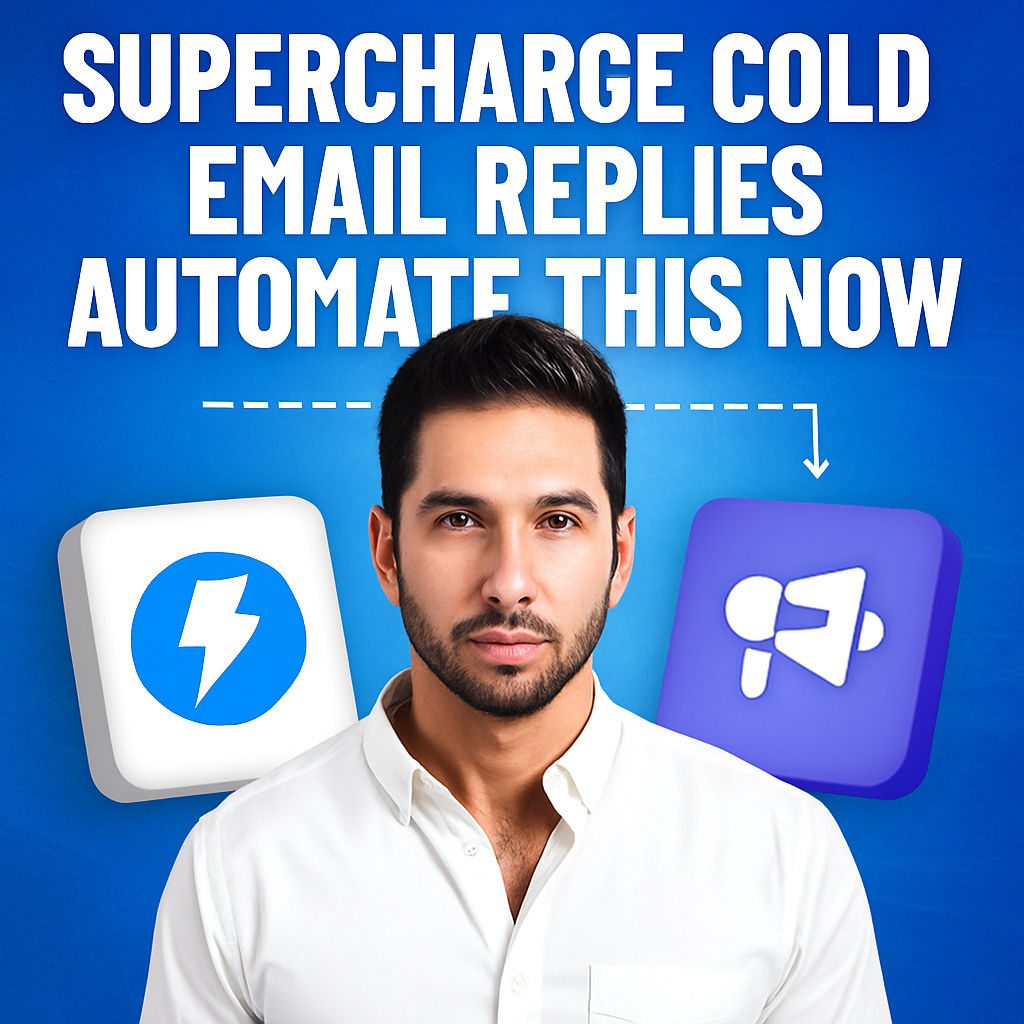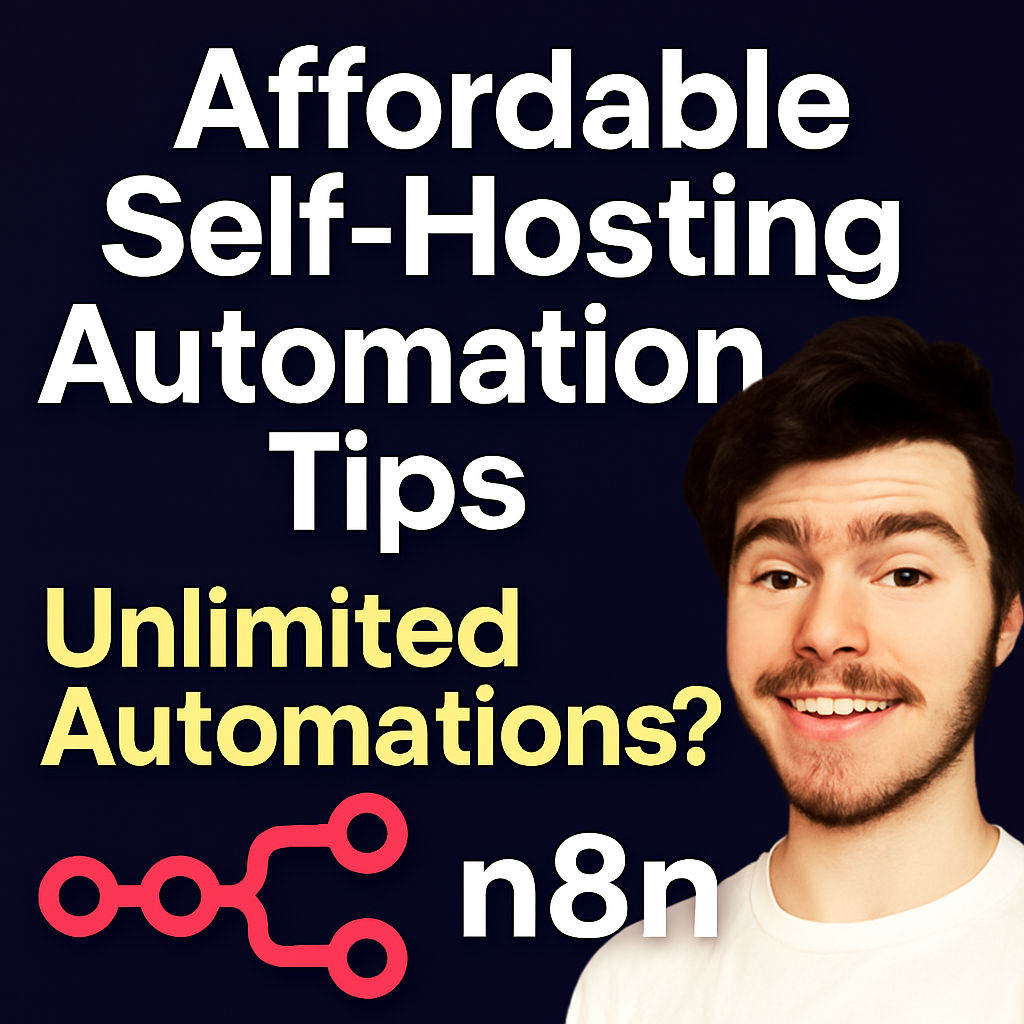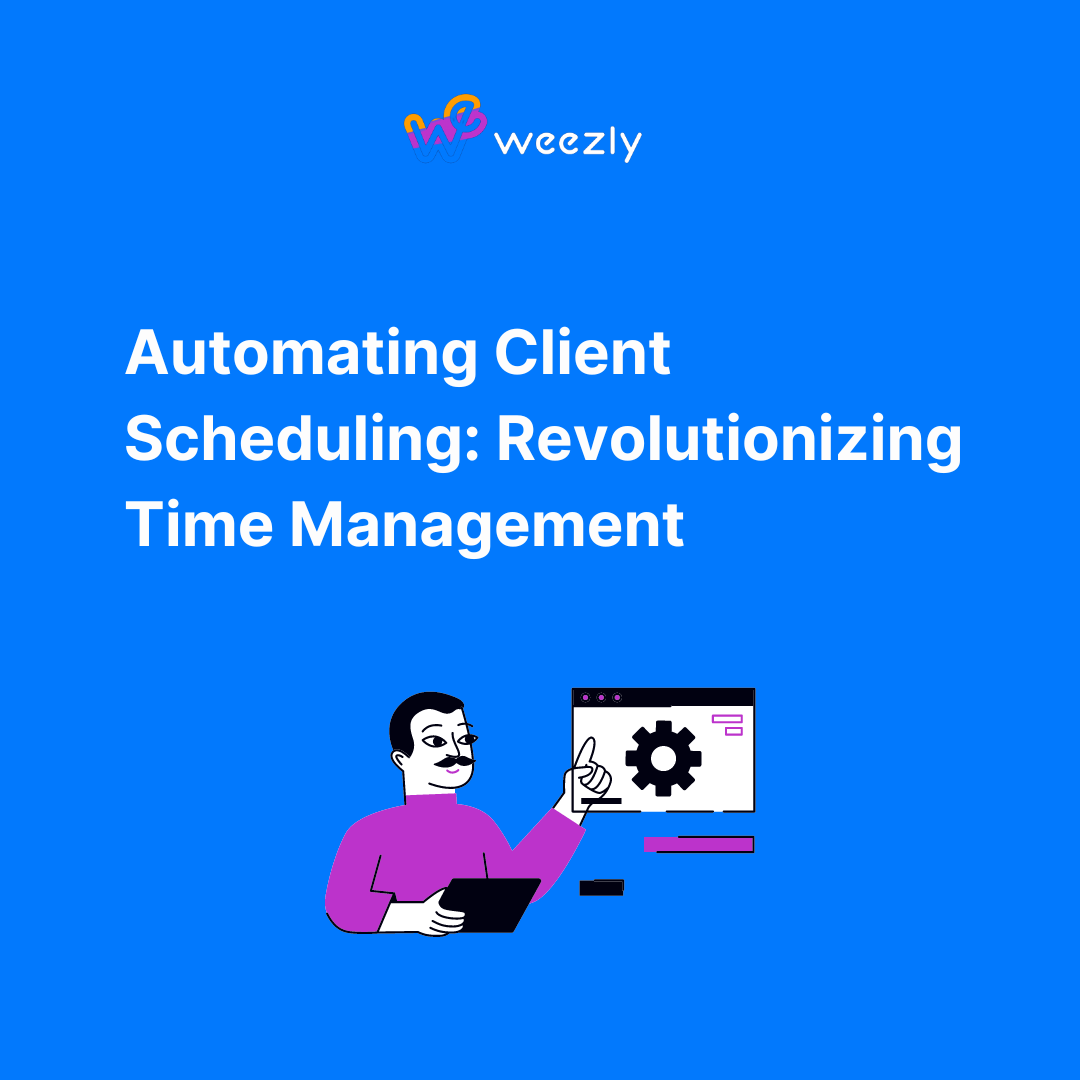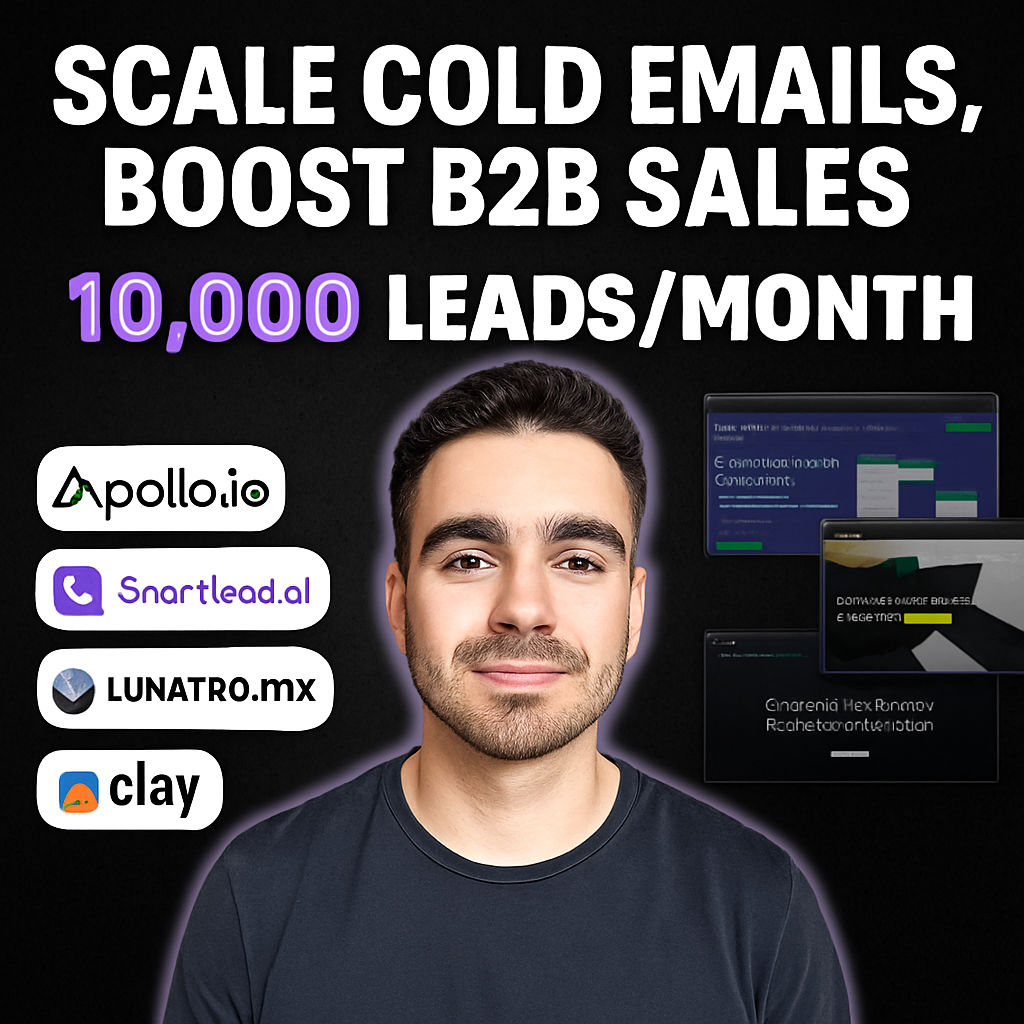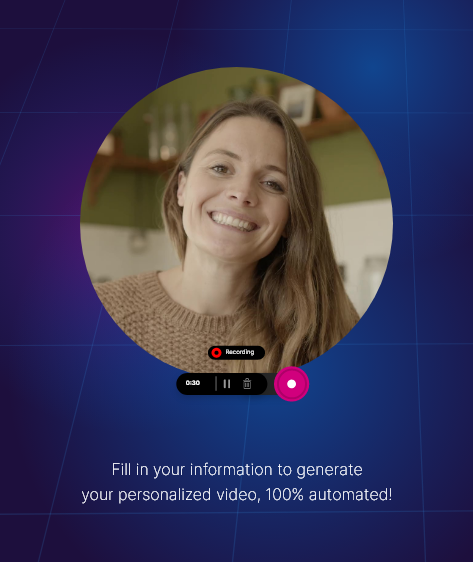If you’re running cold email campaigns with platforms like Instantly, Smart Lead, or Reach Inbox, there’s a critical automation that can skyrocket your reply rates and conversion success—yet nearly no one has it set up. In 2025’s hyper-competitive sales landscape, efficiently capturing, researching, and responding to every qualified cold email reply isn’t just a clever optimization—it’s the difference between missed opportunities and consistent revenue. This guide unpacks a proven workflow to automate cold email replies, leverage AI for fast research and intelligent responses, and seamlessly notify your team—all in under 30 minutes for zero cost. Optimize your cold email automation stack and ensure every engaged prospect gets immediate, value-driven attention.
Based on the original video:
Why Most Cold Email Campaigns Waste Interested Leads
Cold email outreach is fiercely competitive, especially as inboxes overflow and buyers become savvier. Every time someone responds with a glimmer of interest, that reply is gold. Yet, most campaigns rely on basic reply notification features—often missing or delaying responses to potential customers. This gap is costly.
With the right automation, you:
- Instantly capture and categorize all positive replies
- Enrich leads with AI-driven research
- Generate personalized reply templates with minimal manual effort
- Alert your sales team in real-time, maximizing the chance to book calls
This process ensures you stop letting any interested leads slip through the cracks and convert more conversations into paying customers.
The Core Cold Email Automation Blueprint
Let’s break down how to build a future-proof system for cold email automation. You’ll only need your preferred cold email platform (Instantly, Smart Lead, or Reach Inbox), an automation builder like Make (Zapier/Nadn are alternatives), and free/affordable access to AI tools and Google Sheets for data tracking.
Step 1: The Webhook Trigger
A webhook is simply a unique URL that can “catch” information sent from your cold email software. Most automation tools—Make, Nadn, Zapier—support this as a starting point for your workflow.
- In your automation tool, create a new scenario/workflow
- Add a custom webhook as your trigger step
- Give it a descriptive name and save; you’ll receive your unique webhook URL
In your cold email platform’s integrations or webhook settings, connect this URL. Choose which events should fire the webhook—typically, “lead marked as interested” is the essential trigger, but you can expand to all replies if you want deeper data analysis or custom filtering.
Step 2: Capture and Categorize Reply Data
Once your webhook is set, every positive reply triggers a payload of data: prospect’s name, email, reply content, campaign info, and more. This is the foundation for deeper research and automated engagement.

Step 3: AI-Powered Prospect Research
Speed and personalization are crucial in your reply. Using an AI platform like Perplexity, you can automate research on each prospect: their company, online presence, recent activity, and pain points. Unlike many AI tools, Perplexity can look up real-time information on the public web through its API, delivering fresher and richer insights than static databases.
- Create a Perplexity account and generate an API key (requires a billing method; basic usage is often inexpensive)
- Feed in all available lead details: name, company, website, LinkedIn. The richer the context, the better the AI’s research
- Customize the system prompt for relevant details (you’ll get this prompt with the downloadable blueprint mentioned in the original video)
- Output data about the prospect, their pain points, and market context
This enriched data empowers smarter, more relevant conversations with interested leads.
Step 4: Generate AI Drafted Replies
You want to respond fast to hot leads—ideally, within minutes, not hours. With OpenAI’s Assistant (accessed via the API), you can design a reply assistant that crafts contextual, personalized draft responses.
- Set up an assistant at platform.openai.com, selecting a conversational model like GPT-4o Mini for efficiency
- Provide “system instructions” and upload a Q&A document: a set of typical objections, questions, and your most persuasive answers
- Enable file search in the assistant’s vector store—this allows the AI to pull from your uploaded content when generating answers
- Use your automation builder to connect the reply content from the webhook, giving your AI assistant everything it needs for tailored responses
- Set the temperature parameter for creativity (0.3 is a practical default for business replies)
The result: every time an interested lead replies, your AI assistant drafts a nuanced, on-brand reply, ready for final touch-up by sales.
Step 5: Lead Tracking and Campaign Analytics
To continually optimize your campaigns and learn what works, pipe all high-value lead data to a Google Sheet. This creates a living database where you can analyze:
- Industries and job titles generating responses
- High-performing campaigns
- Regional or segment-specific success
- Response statuses (interested, not interested, replied, booked call, etc.)
At a minimum, track these fields: date, name, email, phone, website, industry, job title, status, and campaign.

Real-Time Notifications: Maximizing Speed to Lead
The final and most critical step: getting the right information into your sales team’s hands immediately. Research shows that responding within the first hour (ideally in minutes) of a positive reply vastly increases your odds of booking meetings and closing deals.
Don’t rely solely on your cold email platform’s basic notifications. Instead:
- Configure your workflow to send a personalized email to the assigned salesperson
- Include the prospect’s message, research summary, and an AI-generated reply template
- If you use Slack, Teams, or preferred messaging tools, adapt this step to notify where your reps will act most quickly
Now, your team can open the reply, tweak the AI draft, and respond with context and speed—drastically reducing lag and improving your conversion pipeline.
Bonus: Scaling Automation Across Multiple Clients
If you provide cold email services to clients, this automation is endlessly reusable. Import the blueprint into your system, copy it for each new client, and instantly capture—then prove—your value through improved response and conversion rates. This also helps differentiate your service with advanced, transparent reporting and modern AI capabilities.
As mentioned in the video, you can export or import the full workflow as a JSON file within Make (or use the respective cloning/import features in Zapier or Nadn). Simply adjust triggers, recipients, and however much detail you need for each account, then deploy.

Common Pitfalls in Cold Email Automation (and How to Avoid Them)
Relying on Outdated Notification Methods
Basic positive reply notifications from email platforms can be unreliable or lack context. Real automation means syncing all critical prospect data to the right person, instantly, every time.
Neglecting Lead Research Before Responses
Responding without context misses a huge opportunity for personalization. Prospect-specific research (made easy with AI) helps tailor your messaging, bridge pain points, and position your offering as the solution.
Forgetting Campaign Analytics
If you’re not collecting and analyzing campaign, segment, and job title data, you’re missing out on data-directed optimization. Automating data capture creates a feedback loop for continual campaign refinement.
Tips to Further Increase Reply and Conversion Rates
- Speed matters: The first minutes after a reply are critical for booking calls. Automation gives you the edge.
- Personalization wins: Use research to relate to the recipient’s business or pain points in your initial follow-up.
- AI + Human: Let AI draft responses but empower humans to add empathy or strategic value before sending.
- Track everything: Refine your ICP (ideal customer profile) and campaign messaging based on real-world data in your tracking sheets.
- Replicate and scale: The same automation logic can support an entire agency’s client roster, supercharging results with minimal setup time.
Case Study: From Minimum Wage to $40K/Month Cold Email Success
For a real-world example of how automation and consistent process can drive agency growth, consider the inspiring transformation described in From Minimum Wage to $40K/Month Cold Email Agency. The journey from scrappy beginnings to six-figure months demonstrates the power of automation, informed iteration, and relentless follow-up to win more sales opportunities.
Conclusion: Make Every Cold Email Reply Count
Running cold email campaigns is already a complex process: list building, deliverability management, copywriting, personalization, and follow-up all need to succeed just to earn an “I’m interested.” Don’t let these hard-earned positive replies go wasted. Implementing this automation workflow—combining webhooks, AI prospect research, instant reply generation, lead database updates, and real-time notifications—helps you seize every engaged lead and drastically increase your likelihood of booking meetings and closing deals.
Whether you’re a solo founder, sales leader, or agency owner, automating this process is no longer optional in 2025’s digital sales environment. It’s your edge against the competition and the path to more qualified calls, conversions, and revenue.
Frequently Asked Questions
What is the most important automation for cold email campaigns?
The automation that captures every interested reply, enriches lead data with AI research, generates a draft response, notifies your team instantly, and tracks outcomes is the most impactful system for maximizing cold email results.
Which tools do I need to implement this workflow?
You need a cold email sending platform (such as Instantly or Smart Lead), an automation builder (Make, Zapier, or Nadn), access to an AI research tool like Perplexity, an OpenAI assistant for reply drafting, and Google Sheets for lead tracking.
How does AI assist in this cold email reply automation?
AI enriches prospect profiles with fresh, relevant research, and drafts highly contextualized reply templates, letting reps focus on personalization and relationship-building rather than rote tasks.
Will this approach work for agencies managing multiple clients?
Absolutely. The automation can be cloned or adapted across client accounts, increasing agency value by boosting client engagement rates, supplying transparent analytics, and proving ROI through faster replies and more conversions.
Can this process be built without technical skills?
Yes, the recommended tools are user-friendly and, with downloadable templates and blueprint imports, you can set up this automation in under 30 minutes even without coding expertise.
